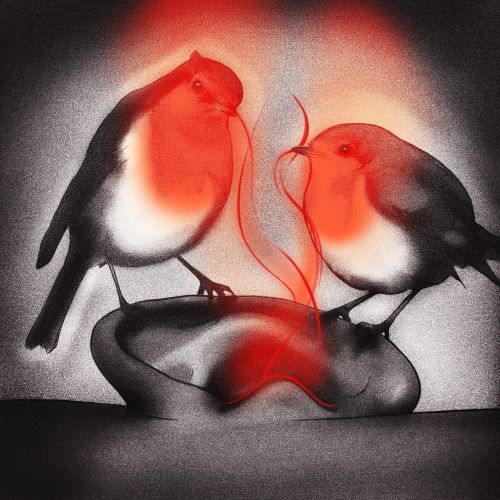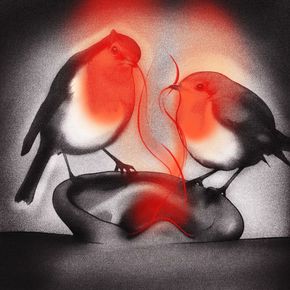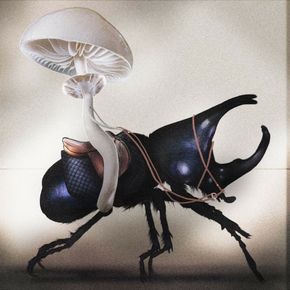Life in the soil and under hydrothermal vents
In volcanic caves under hydrothermal vents on an underwater volcano off the coast of Central America, researchers from, among others, the University of Vienna discovered an unknown ecosystem. These are cave systems full of worms, snails and chemosynthetic bacteria living in 25°C water. This discovery dramatically changes the knowledge about geothermal vents – scientists have spent the last 46 years studying them but have never looked for animals under these hot volcanic springs.
According to the results of a study conducted, among others, by scientists from the Swiss Federal Research Institute for Forest, Snow and Landscape Research, soil is home to 59% of the species living on Earth. It is estimated that 90% of fungi, 85% of plants, over 50% of bacteria, and 3% of mammals live in it. It is the most diverse habitat in the world. One teaspoon of healthy soil can contain up to a billion bacteria and over 1 km of fungi.
According to scientists from Capital Normal University in Beijing, Takakia – 390 million years old and the world’s oldest moss growing in the Himalayas – is in danger of extinction. Although moss can adapt to extreme weather conditions and is one of the fastest-evolving species ever discovered, it may not survive climate change. Takakia populations in Tibet were declining by about 1.6% per year during the research conducted by scientists. In their opinion, by the end of the XXI century, Takaka’s living conditions will decrease to only 1000-1500 km2 worldwide.



























